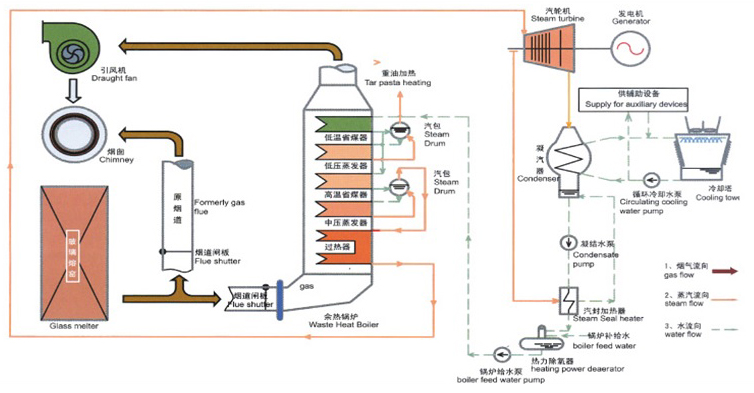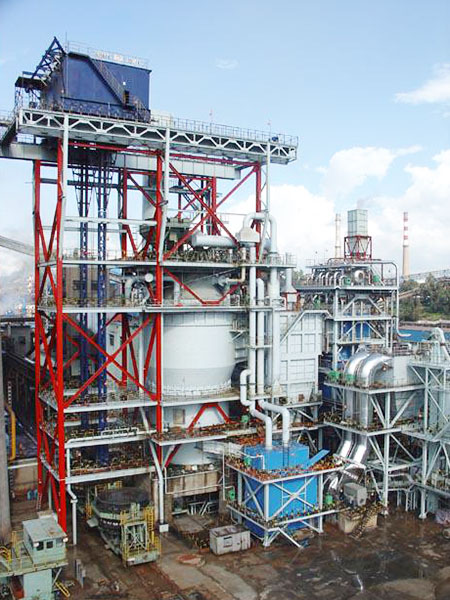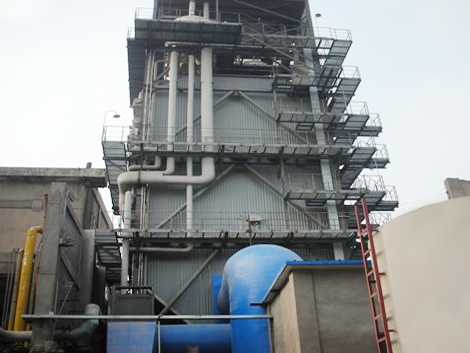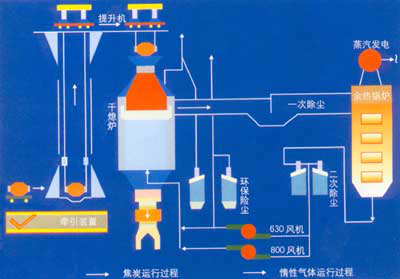Glass industry
The dry quenching technique utilizes a cold inert gas (combusted exhaust gas) to exchange heat with red hot red coke in a dry quenching furnace to cool the red coke. The inert gas that absorbs the heat of the red coke transfers the heat to the dry quenching boiler to generate steam, and the cooled inert gas is then circulated by the circulating fan into the dry extinguishing furnace to cool the red coke. The steam generated by the CDQ boiler is either incorporated into the steam pipe network of the plant or sent to generate electricity. In the reverse movement, the coke is gradually cooled to below 250 ° C, and then discharged by the unloading device at the bottom of the furnace; at the same time, the inert gas (or waste flue gas) is heated to about 800 ° C, passing through the dry quenching ramp After the primary dust collector, the boiler enters the dry quenching boiler; in the boiler, the water is heated by the hot air stream to generate steam, and the gas is cooled to about 200 ° C, and then re-supplied into the dry extinguishing furnace by the circulating fan through the secondary dust removal.
 Glass kiln waste heat power generation process flow chart
Glass kiln waste heat power generation process flow chart
The dry quenching technique utilizes a cold inert gas (combusted exhaust gas) to exchange heat with red hot red coke in a dry quenching furnace to cool the red coke. The inert gas that absorbs the heat of the red coke transfers the heat to the dry quenching boiler to generate steam, and the cooled inert gas is then circulated by the circulating fan into the dry extinguishing furnace to cool the red coke. The steam generated by the CDQ boiler is either incorporated into the steam pipe network of the plant or sent to generate electricity. In the reverse movement, the coke is gradually cooled to below 250 ° C, and then discharged by the unloading device at the bottom of the furnace; at the same time, the inert gas (or waste flue gas) is heated to about 800 ° C, passing through the dry quenching ramp After the primary dust collector, the boiler enters the dry quenching boiler; in the boiler, the water is heated by the hot air stream to generate steam, and the gas is cooled to about 200 ° C, and then re-supplied into the dry extinguishing furnace by the circulating fan through the secondary dust removal.





